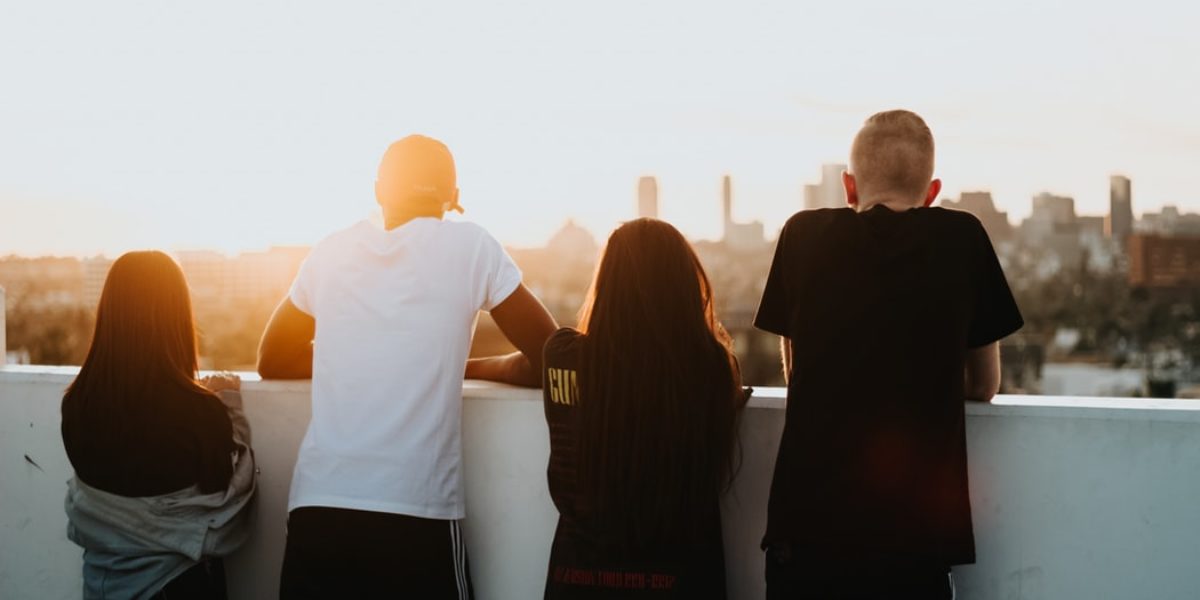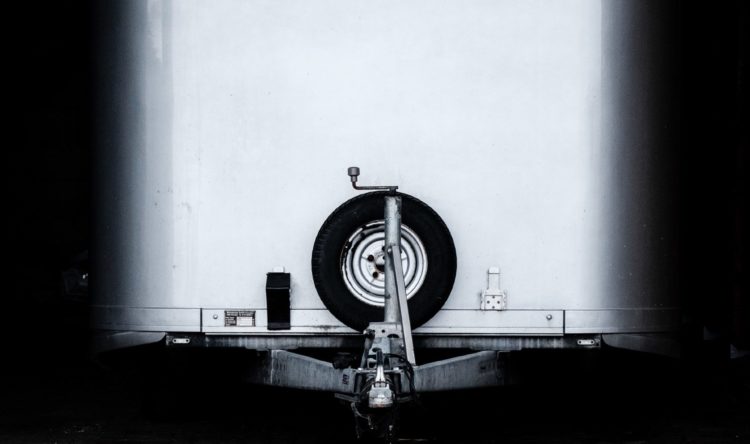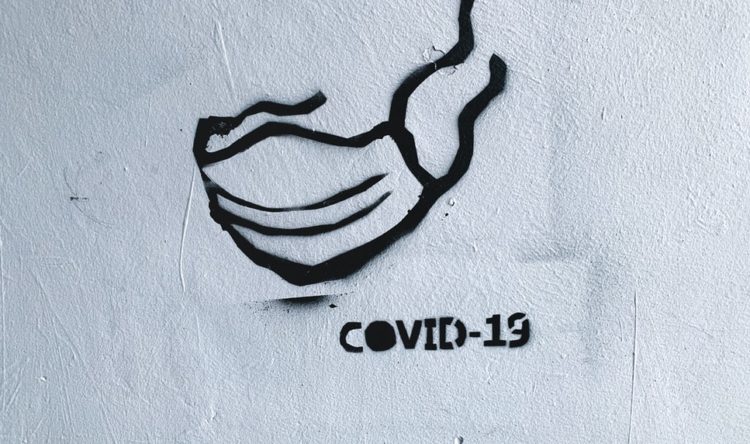Unwrapping common sense
The new generation need to learn from our lessons of the past
Somehow, we’ve reached the end of another year and into the festive season. In the road safety world this is the time when the drink drive message is at its strongest, but offending at its highest. My role in road safety focuses on young drivers, and the sobering fact I’m faced with every day is that the single biggest killer of somebody under 25 in the UK is a road traffic collision (RTC).
4 Thought
Road safety’s fatal four contribute to every single case of a death on our roads: somebody driving under the influence of drink or drugs, somebody driving whilst using a mobile phone, driving at an inappropriate speed and not wearing a seatbelt. Think about that for a moment… the biggest killer of people under 25 is not an illness, not suicide, it’s an RTC involving mobile phone use, intoxicated driving, going faster than they should or not wearing a seatbelt, all of which are preventable.
Unfortunately, prevention is more difficult than you think. Just telling somebody not to do something doesn’t work, and perversely it often has the opposite effect. So, we need to reinforce any statement with some knowledge, something thought provoking that continues to ring a warning bell every time they’re behind the wheel. It’s not easy, but we have to keep trying. Drinking and driving is certainly not socially acceptable in society, even with young people. However, there seem to be two schools of thought – those who won’t touch anything when they are driving, and those who may “just have one or two”. Whilst abstinence is clearly the simplest and safest course of action, for the others we need to educate about the strength and size of servings. The truth may even surprise you.
One 4 the Road
I recently had my eyes opened at a presentation when I was shown a collection of drinks including beer, wine, whisky and brandy. I was asked to put them in order of strength (i.e. which single serving would make you most intoxicated). Of course, we all put the spirits at the strong end, and the wines and beers at the other. Of all the young drivers present that would just have ‘one or two’, none said they would consider drinking a spirit and driving. They all agreed it would be too strong to even think about driving afterwards, but felt safe with a beer or a wine. This was turned upside down by the truth and it created a real moment of shock – wine and beer were the strongest, the rest were much weaker and registering about the same in terms of alcoholic units. Of course, we don’t want to encourage people onto a tasty single malt and then driving! However, the sobering point made to the young guys present was very clear; the strength of a measure is an official unit of alcohol. The drinks they thought would be okay were actually a lot stronger than they realised, and an unknown quantity. It was also very shocking to learn that a large glass of wine, poured into a half pint glass would fill it entirely! Two large glasses (which is the best value serving) and you’ve had a pint, and that’s a lot of alcohol!
The young drivers attending left with the knowledge that they could make informed decisions. They had been given information, the tools to come to their own conclusion, that it was better not to have anything at all if they are driving because although there is a legal limit, it was impossible for them to know what that meant in terms of how many drinks or how it effects them individually. They learned how much they would lose if they were found to be over the limit and driving, not to mention the possibility that they could cost someone their life by doing so. Weighed up against the gain of ‘one or two’ drinks, the choice was simple.
Reasons 2 B Jolly
This festive period should be fun for everyone, including young drivers. The power of information is the key to safe driving and, while it may seem as though you might be telling them the same thing again, it can also be a life-saving reminder at that stage of their driving career when they are most vulnerable to the fatal four, and most of the time they don’t even realise it. How you put this information across to them may very well just save a life. After all, Christmas should be about good surprises.






